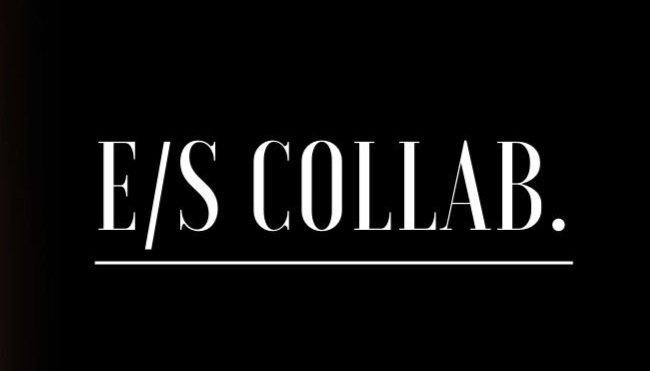What is Errors & Omissions Insurance and Why Is It So Important?
The crux of this post is - E&O Insurance, short for Errors and Omissions, is the end goal if you’re making a movie and everything you do to get to that point is really just lining up one duck after the other until your insurance is in place. You might say, well hang on a sec, the end goal if I’m making a movie is actually butts on seats and eyes on screens. We would agree with that, but without E&O, you can kiss that general commercial release goodbye.
E&O insurance is one of the most important types of insurance to purchase when you're working on a film project. Why? Because it covers you for any claims made against the movie that might be a result of errors or omissions (i.e., something you did do, that you shouldn’t have; or something you didn’t do that you shouldn’t have) in the production process.
Examples of what kinds of claims E&O might protect against include:
Not clearing a prop or artwork that appears in a shot that someone is claiming should have been cleared. E.g. the lawsuit that happened with respect to the killer’s mask in HAPPY DEATH DAY.
Not getting someone’s permission who appears in the film, to use their name and likeness, or if the film is based on a true story, and the real life equivalent of one of the characters doesn’t like how they’re portrayed (irrespective of whether it’s accurate or not). E.g. the case that came out of THE WOLF OF WALL STREET.
There is someone out there that exists that claims you’ve stolen their script or their story and now you’re reaping the benefits. E.g. The AVATAR plaigarism suit.
Still not convinced that you need E&O? The budget is lean and you’re 100% sure that the script is entirely your own, you’ve cleared all rights, you have all the permissons you need… you’re comfortable taking that risk.
Apart from the obvious of covering your butt in the event a claim is made against you, E&O insurance is needed because more often than not, it’ll be a deliverable item to your distributor and it’ll be required by your financiers. In short, no E&O, you’ll have a hard time finding a distributor willing to take that risk on. In some circumstances, depending on your financiers and the film you’re making, they may even require it prior to principal photography.
How does it actually work?
Provided the type of claim and/or the specifics of the claim are included within your E&O policy, your insurer may assist in defending the case and in the event you’re out of pocket, either because you’re held liable, or you’ve had to spend your own money to defend the claim, the E&O policy will kick in.
OK, OK - so what’s the cost?
The cost of E&O insurance varies depending on the size of your project, what it’s about it, whether it’s based on a true story or not, whether you have cleared all rights, and sought all permissions, whether or not you’ve had a fair use attorney review your film and provide an opinion on any specific points and so the list goes on. In general though, budgeting $5,000 - $15,000 for indie productions is a safe assumption.
We can certainly understand this is a big number to budget, but weighing this up against the potential cost of not having E&O in a worst case scenario? No thanks.
Disclaimer: This post should not be construed as legal, commercial or financial advice and should be used for informational purposes only.
